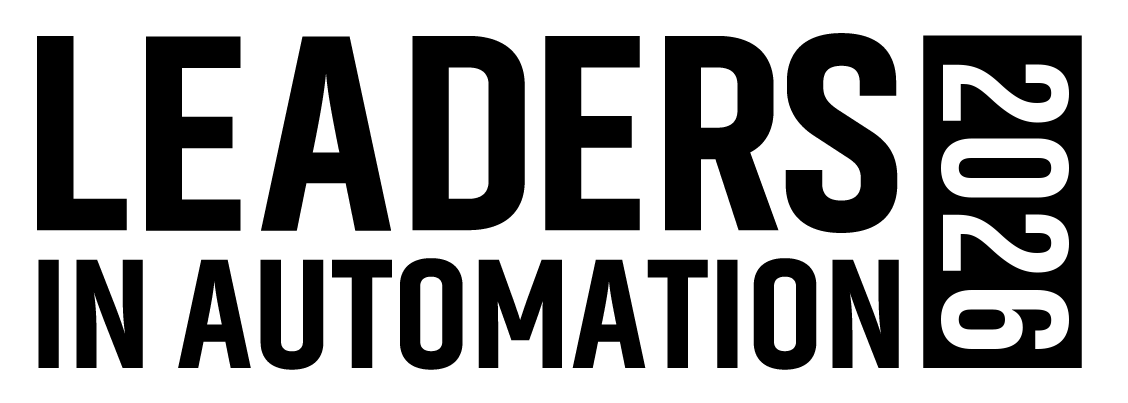January’s Automate 2013 show in Chicago was the place to see new robot technology, as well as all the components and systems that are making robots smarter, more efficient and easier to setup and change. It was also the place for packaging machine builders to get a look at the new machine-vision technology coming out of the automotive and machine tool industries.
The benefits of robots that could see and sense were clear.
Describing his company’s robotic de-racking application demonstration, Sick Inc.’s Brian Windsor said, “In the perfect world, a robot could go in and pick a part from the same position every time and follow a program. But the reality is we know that racks get bent and parts don’t always sit in the same place.” Sick’s PLR camera system combines 2D and 3D imaging technology to calculate the position and orientation of a part so a robotic arm can pick it up correctly.
The system requires no PC on the factory floor, and no knowledge of the calculations required. Instead, a Web server built into the camera delivers a simple user interface. “We’ve taken all the complex vision-related processes of calibration and coordinate transformation and buried them in the camera so the integrator doesn’t have to worry about having all that expertise,” said Windsor. This approach reduces the complexity of vision system calibration and programming.
Sick cameras also were part of demo showing how users can program robots using National Instruments’ LabView programming tool, and then deploy the application to embedded control and monitoring systems. The example was a self-contained test system for car audio systems. The LabView Library for Yaskawa Robots not only simplifies Yaskawa robot programming. It also enabled a Sick Ranger 3D laser camera to be used for quality-control visual inspection. (Learn more in the online video at http://bit.ly/awvid116.)
While automotive and machine-tool users were the targets of these demos, the fact is prices are coming down and ease of use is improving for machine vision cameras. Use of this technology with robots is clearly something packagers should consider.
*************************
Videos from Automate/ProMat 2013 | See what you might have missed at these co-located automation show. Visit www.automationworld.com/automate.
*************************
About the Author
Renee Bassett
Managing Editor

Leaders relevant to this article: